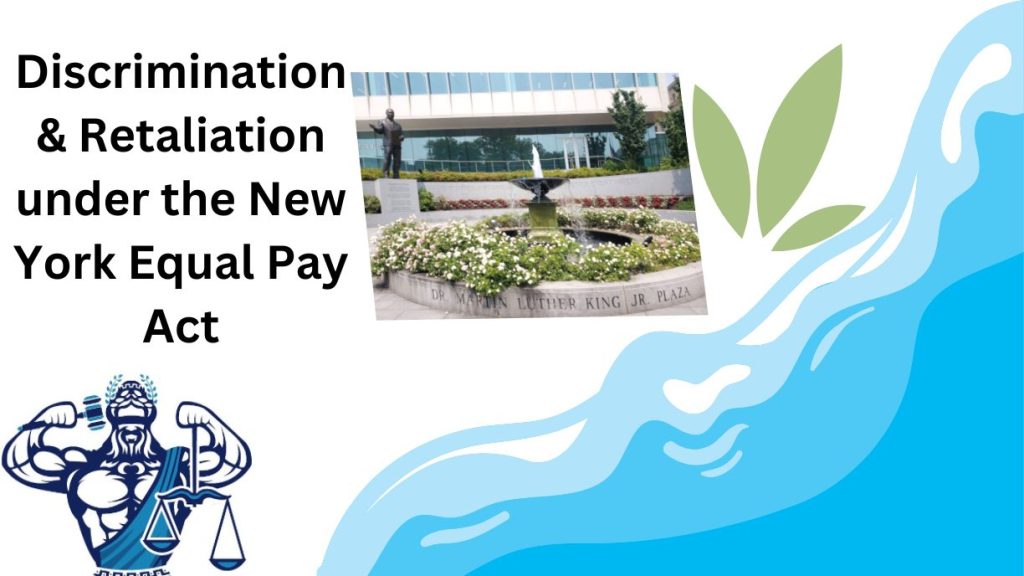The Family and Medical Leave Act (FMLA) is a significant piece of legislation in the United States that provides employees with the right to take unpaid leave for specific family and medical reasons without risking their job security.
Understanding the FMLA is crucial for both employees and employers to ensure compliance and to protect the rights of workers. Learn about the key aspects of the FMLA, including employee rights, employer responsibilities, and practical considerations for both parties.
Overview of FMLA
The Family and Medical Leave Act, enacted in 1993, grants eligible employees up to 12 weeks of unpaid leave during 12 months for certain family and medical reasons. The primary purpose of the FMLA is to provide employees with the ability to balance their work and family responsibilities by taking time off for serious health conditions or caring for family members without the fear of losing their jobs.
Employee Rights Under FMLA
Eligibility Criteria
To qualify for FMLA leave, employees must meet specific criteria. They must have worked for their employer for at least 12 months and must have logged a minimum of 1,250 hours of work during the 12 months preceding the leave.
Additionally, the employer must have at least 50 employees within a 75-mile radius of the worksite. These requirements ensure that the employee has a sufficient connection to the workforce and that the employer can accommodate the leave without undue hardship.
Reasons for Taking FMLA Leave
There are various reasons why employees can take FMLA leave. These include the birth, adoption, or placement of a child in foster care, the need to care for a family member who has a serious medical condition, or the resolution of a serious medical condition that prevents the employee from carrying out their duties. Issues that affect an employee’s capacity to work and necessitate inpatient hospitalization or ongoing therapy are generally classified as serious health issues.
Job Protection and Benefits
One critical protection offered by FMLA is job protection. Employees who take FMLA leave are entitled to return to their same or equivalent position with the same pay, benefits, and working conditions they had before the leave.
Additionally, while on FMLA leave, employees can continue to receive health benefits under the same terms as if they were actively working. This provision ensures that employees do not have to choose between their health or family responsibilities and their employment.
Employer Responsibilities Under FMLA
Providing Notice and Information
Employers must notify staff members of their rights under the FMLA, which includes prominently posting a notice outlining such rights and duties in the workplace. Additionally, whether an employee seeks time off or the employer learns that the leave may be taken for an FMLA-qualifying cause, they are required to educate the employee about the FMLA. Employers may be subject to penalties and fines for failing to supply this information.
Handling Leave Requests
When an employee requests FMLA leave, the employer must respond promptly and provide the necessary forms and instructions for applying for leave. Employers are required to determine whether the leave qualifies under the FMLA and to notify the employee of their eligibility status. If the leave request is approved, the employer must inform the employee of their rights and obligations under the FMLA, including the need to provide medical certification and the process for returning to work.
Maintaining Records
Employers are required to keep detailed records of FMLA leave, including the dates and duration of the leave, the reasons for the leave, and any medical certifications provided. Accurate record-keeping ensures compliance with the FMLA and helps prevent disputes between employers and employees. Employers must maintain these records for at least three years.
Challenges and Considerations
Intermittent Leave and Scheduling
The FMLA allows for intermittent leave, which means employees can take leave in small increments rather than all at once, which can be challenging for employers since it may disrupt work schedules and affect productivity. Thus, employers and employees should communicate effectively to manage intermittent leave in a way that minimizes disruptions. The FMLA requires that intermittent leave be taken in a practical manner. However, it is ultimately up to the employer to ensure their managers and teams can support the real-life needs of their employees.
Employer Protections and Limits
While the FMLA provides job protection, there are limitations and exceptions. For example, if an employee is not eligible for FMLA leave or if the leave request does not meet the FMLA criteria, the employer is not required to grant the leave. Additionally, certain high-level employees, such as key employees, may not be entitled to reinstatement if their leave would cause significant harm to the employer’s operations.
Potential for Abuse
Employers must also be vigilant about the potential for abuse of FMLA leave. While most employees use their FMLA leave appropriately, there may be instances where employees misuse it. Employers should have clear policies and procedures in place to address any potential abuse while ensuring that they do not violate employees’ rights under the FMLA.
Consult Legal Experts
Navigating the FMLA requires a thorough understanding of both employee rights and employer responsibilities. Workers can take unpaid leave for specific family and medical reasons without fear of retribution or losing their jobs, and their employers must provide the necessary information and maintain compliance with the FMLA requirements.
If you’re facing a tough situation regarding FMLA leave, call The Law Office of Vincent Miletti, Esq., today at 314-648-2586 to schedule a free case evaluation with us. Our team will take a look at the details of your unique situation and provide advice on the legal factors to consider.
 Professional Legal & Business Services And Representation - English & Espanol!
Professional Legal & Business Services And Representation - English & Espanol!

 314-648-2586
314-648-2586 CALL US NOW
CALL US NOW







